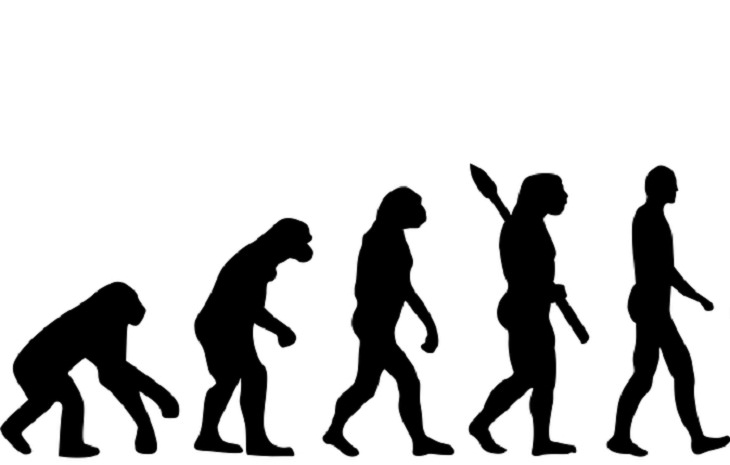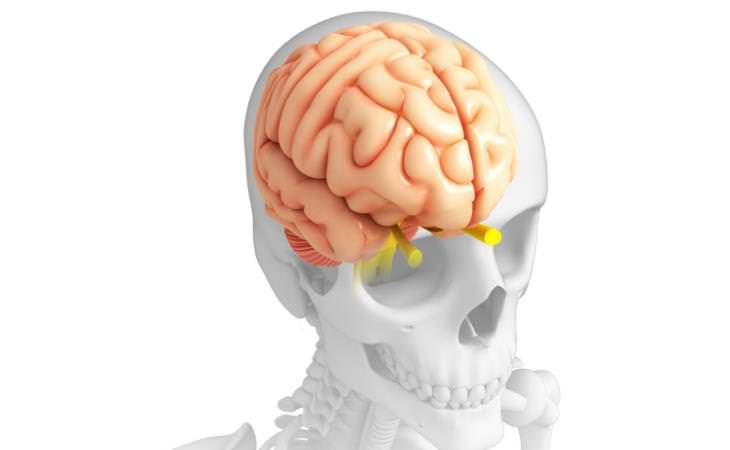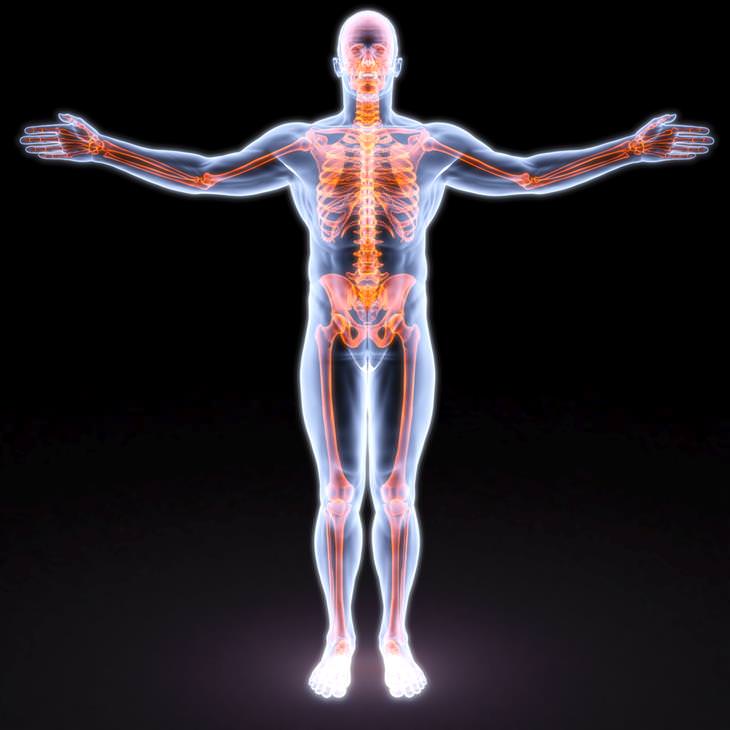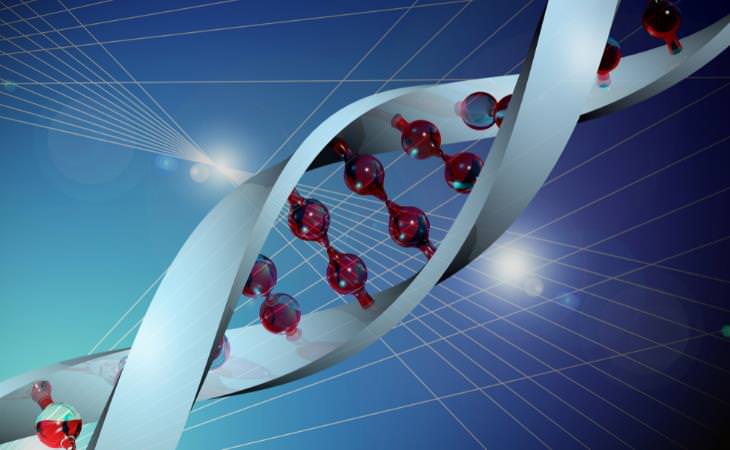



Research shows that human bones are weaker and less dense compared to other hominins. According to a 2015 study, Homo sapiens bones started to weaken around 12,000 years ago. As per the hypothesis of the researchers, this happened around the time when people started farming more. As we began farming more, our physical activity and diets changed and, as a result, our skeletons became lighter and more fragile.
The study found that trabecular bone tissue – a spongy and porous material composed of hard and soft tissue found at the end of long bones – decreased in thickness and volume. As our need for nomadic hunting decreased and a more settled livestock-raising lifestyle became more common, the durability of our bones diminished as well. Scientists say that this change in bone density persists in modern humans too.
A 2014 study also showed that since the rise of agriculture, our skeletons have become much lighter. The scientists argue that this happened because of a decrease in physical activity. They added that the trend is likely to continue as we become even more sedentary.
Related: Dragon Man: A Possible New Branch in the Human Family Tree

Recent DNA studies have indicated that our genetic traits have changed or adapted to new environments over time. For example, in 2016, scientists discovered that following a vegetarian diet over generations caused a population in Pune, India to exhibit a higher frequency of a specific mutation on the FADS2 gene (an important dietary gene). This mutation helped them to comfortably process omega-3 and omega-6 fatty acids from non-meat sources and transform them into compounds vital for brain health. People who follow omnivorous diets aren’t necessarily adapted for this.
Scientists say that the genes that control lactose tolerance are also increasing in us. Several thousand years ago, the enzyme that helps people drink milk without getting sick turned off when people reached adulthood. But between 2,000 to 20,000 years ago, gene mutations that help people tolerate dairy emerged around the world. According to researchers, that genetic change happened as recently as 3,000 years ago in East Africa, presumably because raising cattle became a larger part of human life.
Experts say that the lifestyle change - as humans have shifted from being nomadic herders to farmers to industrial workers - is behind these genetic adaptations. Another example of this was found in 2010 when researchers found a link between populations with a long history of living in urban settlements and a gene that’s associated with resistance to intracellular pathogens like tuberculosis and leprosy. Scientists believe this evolutionary innovation likely happened within the last 8,000 years. They also feel that as humans shifted to large urban settlements, the diseases they were exposed to when they were farmers also charged.
Related: WATCH: The Next 1,000 Years of Human Evolution
We are likely to see further changes happen to our bodies. New technologies, like gene editing, might stall the pace of evolution, but some scientists believe our biology won’t stand still and will keep evolving. Nine human species walked the Earth 300,000 years ago. Now it’s just us. But who's to say a new human species can't evolve?
Share this post with friends and family...